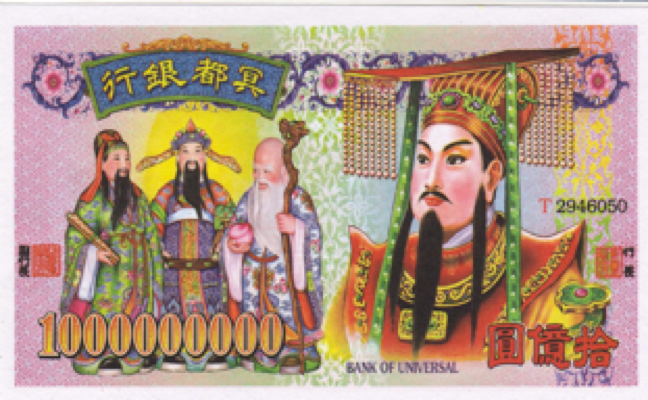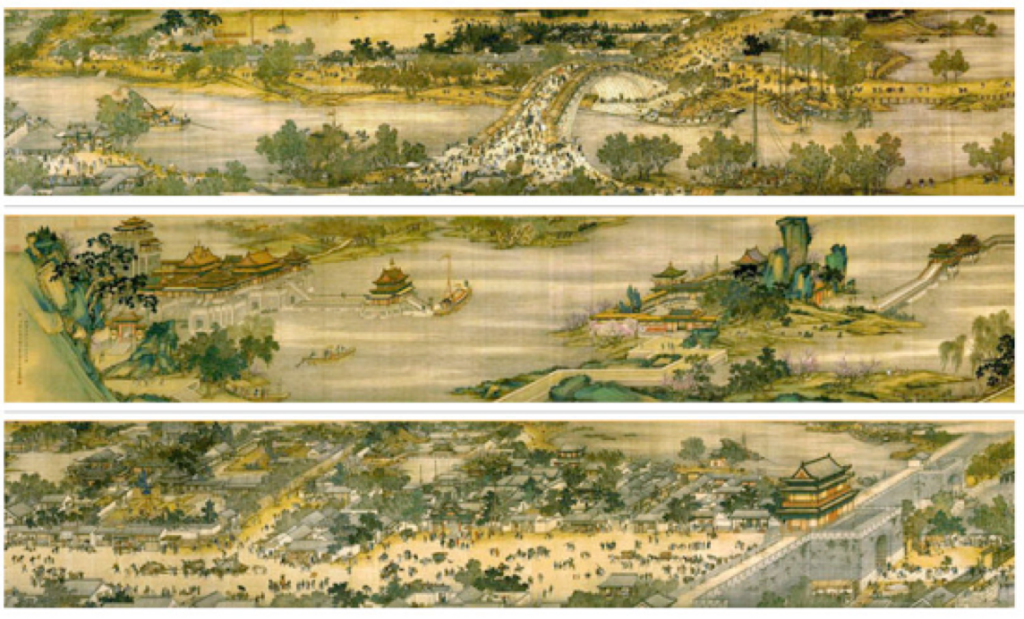Tomb-Sweeping Day (Qingming Festival)
The traditional Qingming festival, known as Tomb-Sweeping Day in English, is a uniquely Chinese event. This year it falls on the 4th of April as determined by the Chinese lunisolar calendar. It is one of China’s seven official public holidays and as such is primarily valued as a much needed day off by us ESL teachers, but that doesn’t diminish the cultural value of the fascinating rights and rituals that take place during the festival. Most teachers will be able to enjoy a three day weekend thanks to this holiday so it’s a great chance to do some travelling.
Qingming Festival Traditions
Primarily Qingming is when the Chinese visit the graves of their ancestors. Young and old alike pray before their ancestors and sweep their tombs (hence the name). Offerings of chopsticks, food, tea and wine are made. Zhǐqián, known as joss paper or ghost money in English, are sheets of paper and paper crafts that are also given as a burnt offering.
Modern varieties of joss paper include papier-mâché recreations of material goods such as clothes, cars and houses, that can be used by the ancestors in the afterlife. The most well known joss paper item amongst westerners is the “hell bank note”, printed to resemble legal tender but available in denominations ranging into the billions. This paper currency along with paper credit cards and cheques is burnt for the ancestors so that they might purchase lavish gifts for themselves in the afterlife.

Qingming and Tea Culture
The festival is also significant in Chinese tea culture since this specific day divides the fresh green teas by their picking dates. Green teas made from leaves picked before this date are given the prestigious ‘pre-Qingming’ designation which commands a much higher price tag. Apparently these teas possess much lighter and subtler aromas than those picked after the festival however as the author could never afford them this cannot be confirmed.
Qingming in Art
China’s most famous artwork, Qīngmíng Shànghé Tú (translated as Along the River During the Qingming Festival), painted by the famous Song Dynasty artist Zhang Zeduan in the 12th century, depicts the Song Dynasty capital of Kaifeng during Qingming celebrations. The panoramic scroll painting captures the festive spirit and commotion of the festival and its successive scenes reveal what life looked like at all levels of Chinese society, from rich to poor.
